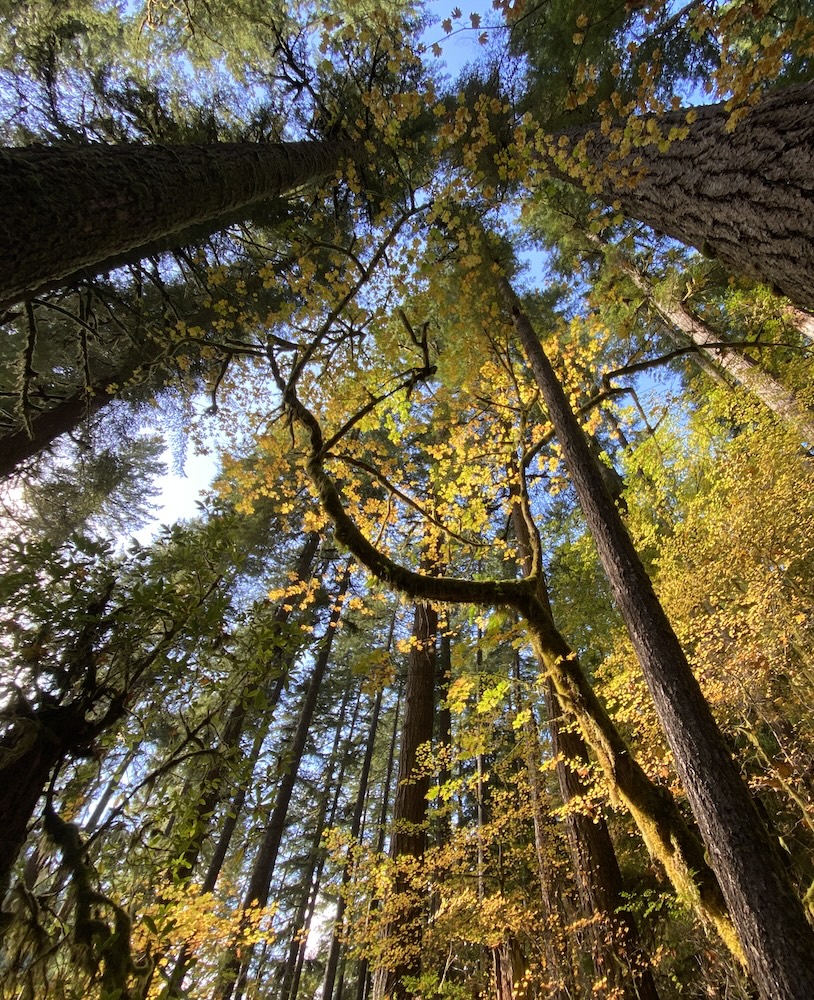| Scientific Name Antigone canadensis tabida Size Weighing between about 7 to 10 lbs, nearly 5 feet tall Habitat Large emergent marsh-meadow wetlands Status Oregon listing: Sensitive |
About
Greater sandhill cranes need large emergent marsh-meadow wetlands with both wet and dry areas for nesting and foraging. These cranes breed throughout southeast, south central, northeast and central Oregon. The largest breeding concentrations occur at Malheur National Wildlife Refuge, Klamath Marsh National Wildlife Refuge, and nature preserves such as Sycan Marsh. Over 240 pairs of Greater sandhill cranes have established nesting territories at Malheur National Wildlife Refuge, and one banded crane was recorded returning to Malheur for 27 years! There is also an increasing winter population of Greater sandhill cranes on Sauvie Island, much to the delight of Portland-area bird watchers.
Greater sandhill cranes are a beautiful part of a healthy wetland ecosystem. They feed on seeds and invertebrates, helping to keep insect populations under control.
Why do they need our help?
Unfortunately, Greater sandhill cranes are experiencing habitat loss due to urbanization, hydrological changes, vegetation succession, and livestock grazing. Protecting wetland habitat is key for this species’ survival. Conservation actions include managing hydrology to include both wet and dry meadow habitat during nesting season, minimizing disturbance, and using prescribed burns to set back plant succession. This type of management carefully maintains open meadow habitat by preventing encroachment of larger shrubs and trees.
Did You Know?
- The Greater sandhill crane is Oregon’s tallest bird, reaching nearly 5 feet tall with a wingspan of 6.5 feet! Females are smaller than males, but otherwise the sexes look alike. Greater sandhill cranes have light gray bodies, distinctive red crowns, and white cheek patches.
- This majestic bird is known for its guttural gurgling or bugling call. Listen here.



